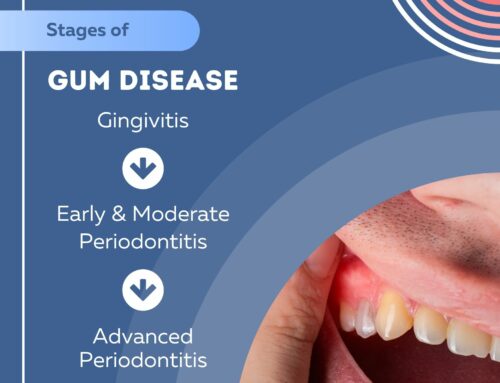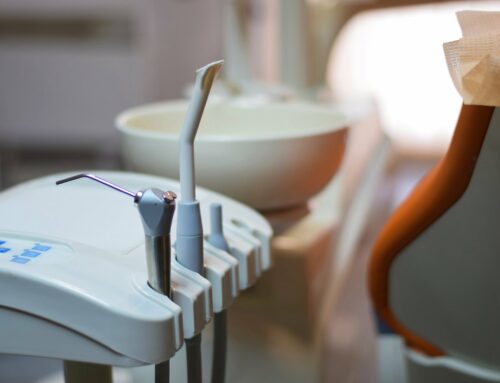
Have you ever experienced blood coming out of your teeth while brushing or flossing? You are not alone. Study shows 7 out of 10 Canadians develop gum disease at some point in their lives. In the beginning, you may experience different painful or painless symptoms like bleeding gums, swollen gums, persistent bad breath, painful chewing, suddenly sensitive teeth, loose teeth, gum recession, etc. All of them are symptoms of periodontal disease. Periodontal diseases are often caused by a combination of bacteria and dental plaque. It mostly affects the structure around the teeth, but not the actual teeth themselves. But if left untreated, periodontal diseases may lead to stroke, heart disease, diabetes, respiratory disease, loss of teeth, etc.
Why does periodontal disease occur?
Most of us finish brushing our teeth as fast as possible or don’t brush carefully. Even if you brush carefully, there are spots between your teeth where your brush can’t reach. That’s why it’s important to floss regularly. Even though brushing and flossing regularly can help prevent periodontal disease but it doesn’t guarantee immunity. There are many other factors that may cause periodontal disease. Some of the reasons may include aging, smoking, changes in hormones, poor nutrition, family history, medical condition, etc.
How to identify a periodontal disease before it’s too late?
Sometimes you may not notice any visible symptom of periodontal disease until it’s too late to heal naturally. But if you visit your dentist regularly and have dental checkups as per your dentist’s instruction, your dentist may be able to identify any problem and instruct you to maintain better oral health.
Treating periodontal disease
While treating periodontal disease, your dentist will take you through three phases of treatments.
- The Etiological Phase: Your dentist will focus on controlling the infection and restoring the healthy microbiota that should be there. Your dentist may also perform scaling and root planing during this stage to deep clean the gums and reattach the gums to your teeth.
- The Surgical Phase: If the pocket of infection or plaque and tarter are too deep to clean, your dentist may proceed to this phase. During this phase, your dentist will operate under local anesthesia and most people don’t feel pain after the surgery.
- The Maintenance Phase: This phase focuses entirely on preventing periodontal disease from returning. Without proper maintenance, there’s a high recurrence rate. Your dentist will let you know the dental hygiene practices you need to follow in detail. They may prescribe medications too.
Prevention is better than cure. It’s always good to maintain proper oral hygiene, not only to protect your teeth, but it will also help you maintain good overall health.
If you live in the Greater Toronto Area, especially Scarborough or Markham, and facing any dental issues, don’t hesitate to call Dr. Salim Kapadia at 416-321-3268 and set up an appointment. If you have an emergency dental case, you will be seen right away.






